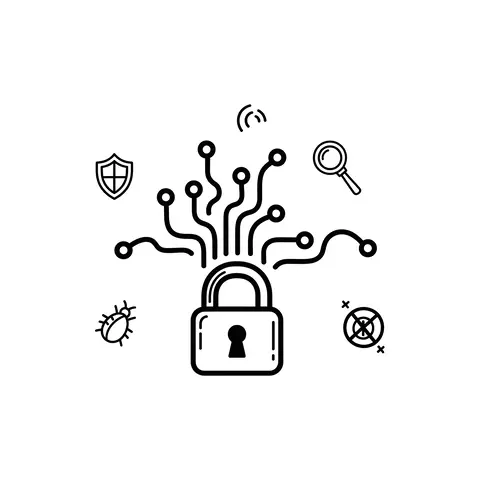
WMIC: The Forgotten Windows Admin Tool That Still Haunts Red Teams and Blue Teams in 2025
Windows processes are at the heart of everything the operating system does — from system services to user applications. For defenders, analyzing processes is one of the fastest ways to spot anomalies, detect intrusions, and understand attacker activity.
A process is an instance of a running program that contains code, data, handles, and allocated system resources. Each process has a PID (Process ID), a parent process, and a security context (user account).
svchost.exe or explorer.exe to blend in.Ctrl + Shift + Esc).procexp.exeList processes:
Get-Process
tasklist /vDetailed process info:
Get-WmiObject Win32_Process | Select-Object ProcessId,ParentProcessId,Name,CommandLineShow tree view:
Get-Process | Sort-Object -Property Id | Format-Table Id, ProcessName, Path, StartTimerundll32.exe with a suspicious DLL path.Detection:
Get-Process | Where-Object { $_.Modules.FileName -like "*Temp*" }or use Sysmon Event ID 7 (image loaded).
powershell.exe spawned by winword.exe.Detection with Sysmon:
ParentImage: winword.exe
Image: powershell.exe
cmd.exe.Check recent PowerShell activity:
Get-WinEvent -LogName "Microsoft-Windows-PowerShell/Operational" |
Where-Object { $_.Message -match "-enc" }Example 1: Malicious Word Macro
.docx.powershell.exe with an encoded payload.Example 2: Persistence in svchost.exe
svchost.exe but from a non-standard path.%APPDATA%.Security and Sysmon channels.List processes with network connections:
Get-NetTCPConnection | ForEach-Object {
$proc = Get-Process -Id $_.OwningProcess
[PSCustomObject]@{
ProcessName = $proc.ProcessName
PID = $_.OwningProcess
RemoteIP = $_.RemoteAddress
RemotePort = $_.RemotePort
}
}Find unsigned binaries:
Get-Process | Where-Object {
-not (Get-AuthenticodeSignature $_.Path).Status -eq 'Valid'
}Dump suspicious process memory (live forensics):
rundll32.exe C:\Windows\System32\comsvcs.dll, MiniDump <PID> C:\dump.dmp fulltasklist /v # List processes with details
Get-Process # PowerShell equivalent
Get-WmiObject Win32_Process # Full process info (PID, parent, path)Get-WmiObject Win32_Process |
Select-Object ProcessId,ParentProcessId,Name,CommandLine |
Sort-Object ParentProcessIdRed Flags
winword.exe → powershell.exeexplorer.exe spawning cmd.exe or mshta.exeGet-WinEvent -LogName "Microsoft-Windows-PowerShell/Operational" |
Where-Object { $_.Message -match "-enc" }Get-Process | Where-Object {
(Get-AuthenticodeSignature $_.Path).Status -ne 'Valid'
}Get-NetTCPConnection | ForEach-Object {
$proc = Get-Process -Id $_.OwningProcess
[PSCustomObject]@{
ProcessName = $proc.ProcessName
PID = $_.OwningProcess
RemoteIP = $_.RemoteAddress
RemotePort = $_.RemotePort
}
}Use Sysmon Event ID 7 (Image Loaded) to spot DLLs in unexpected locations:
%TEMP%%APPDATA%rundll32.exe C:\Windows\System32\comsvcs.dll, MiniDump <PID> C:\dump.dmp full(For offline analysis in tools like Volatility.)